This common and deadly poisonous mushroom is thankfully easy to identify.
Home / Mushroom Guide /
Brown Rollrim
Brown Rollrim
| Mushroom Type | |
| Common Names |
Brown Rollrim (EN), Common Rollrim, Poison Pax (US), Cantel Mewndro Brown (CY), Krowiak Podwinięty (PL), Begöngyöltszélű Cölöpgomba (HU) |
| Scientific Name |
Paxillus involutus |
| Season Start |
Aug |
| Season End |
Nov |
| Average Mushroom height (CM) |
8 |
| Average Cap width (CM) |
20 |
Please note that each and every mushroom you come across may vary in appearance to these photos.
Cap
Flattened with a slight depression towards the middle with the edges always rolling under to the gills. Rusty brown with a slimy cap when wet.
Possible Confusion
A distinctive mushroom with some variability. After recent DNA studies mycologists have now divided this mushroom in a group of species, but beside looking quite similar for foraging purposes all Rollrim species (Paxillus sp.) should be treated as poisonous.
The Velvet Rollrim (Tapinella atrotomentosa) is similar but grows on wood and it’s also not considered safe for consumption.
At a first glance it could sometimes resemble one of the Milkcaps (Lactarius sp.) but unlike those it doesn’t exude any milk from the gills.
Spore Print
Burnt brown. Ellipsoid.
Taste / Smell
Do not taste any part of this mushroom.
Frequency
Very common.
Other Facts
This mushroom contains a toxin that can be neutralised by lengthy boiling and discarding the water several times but this does not remove other toxins that can build up in the body over time and eventually lead to a rather nasty death. It is eaten in certain parts of Eastern Europe but still leads to deaths every year there. Definitely a mushroom to avoid.
Despite having gills this mushroom is closer related to Boletes (mushrooms with pores) than other gilled mushrooms.

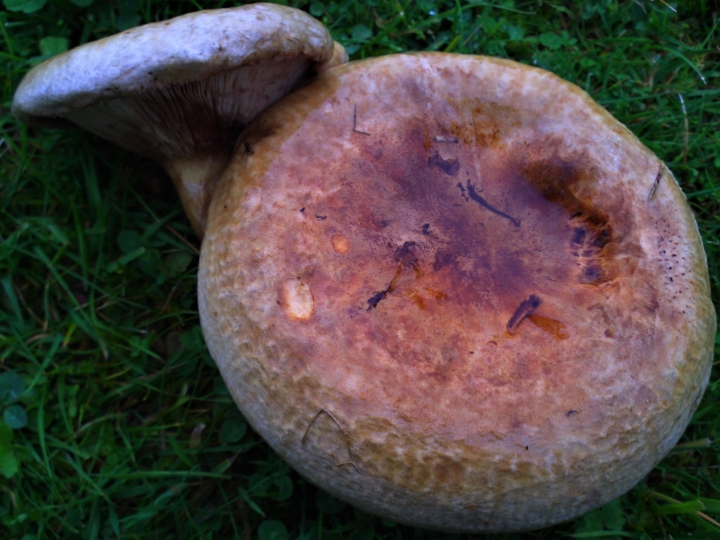















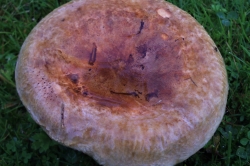
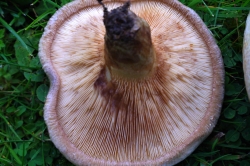
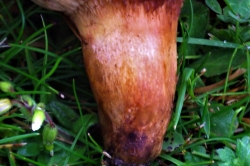
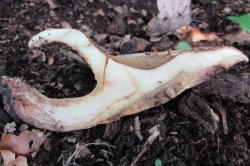
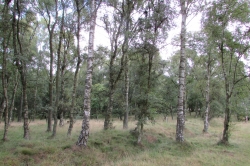






Leave a Reply